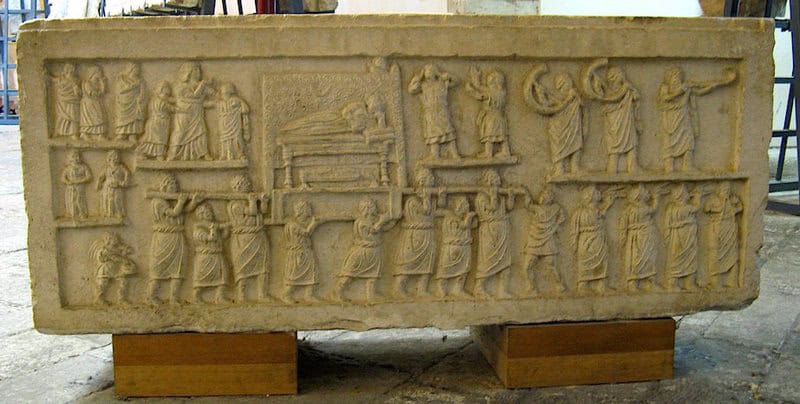
ADVERTISEMENT - CONTINUE READING BELOW
Ancient Roman Funeral Traditions
Long before those traits became associated with the Brits, Ancient Roman were into stiff upper lips, and frowned upon excessive displays of emotion. Funerals were exempted, however. The more people attended a funeral, and the showier the funerary procession was, the more respected the deceased was. However, an excessive display of grief by the deceased’s relatives – especially when it came to upper class Roman families – was just not done, and seen as undignified. To square that circle, professional mourners were hired.

ADVERTISEMENT - CONTINUE READING BELOW
The kin of the dearly departed paid women who specialized in that stuff to weep, wail, grieve loudly, and engage in other emotional displays that well-born Romans were not supposed to demonstrate in public. To sell their sadness and impress the crowds, professional mourners ripped their clothes, tore out their hair, threw dust and dirt on themselves, and scratched their faces until they drew blood. Such excessive displays eventually got out of hand. So the hiring of professional mourners was made illegal, because their antics “invoked strong emotions and were incompatible with the idea of the quiet life of the citizen“.

